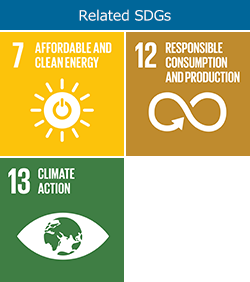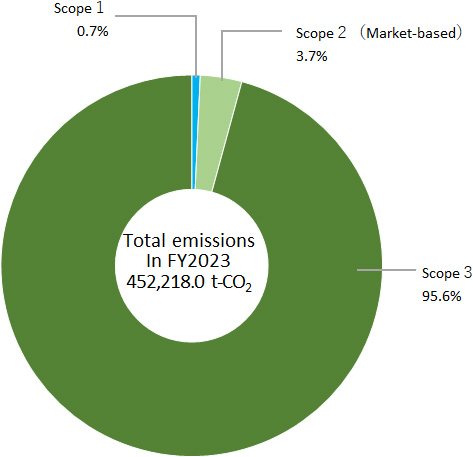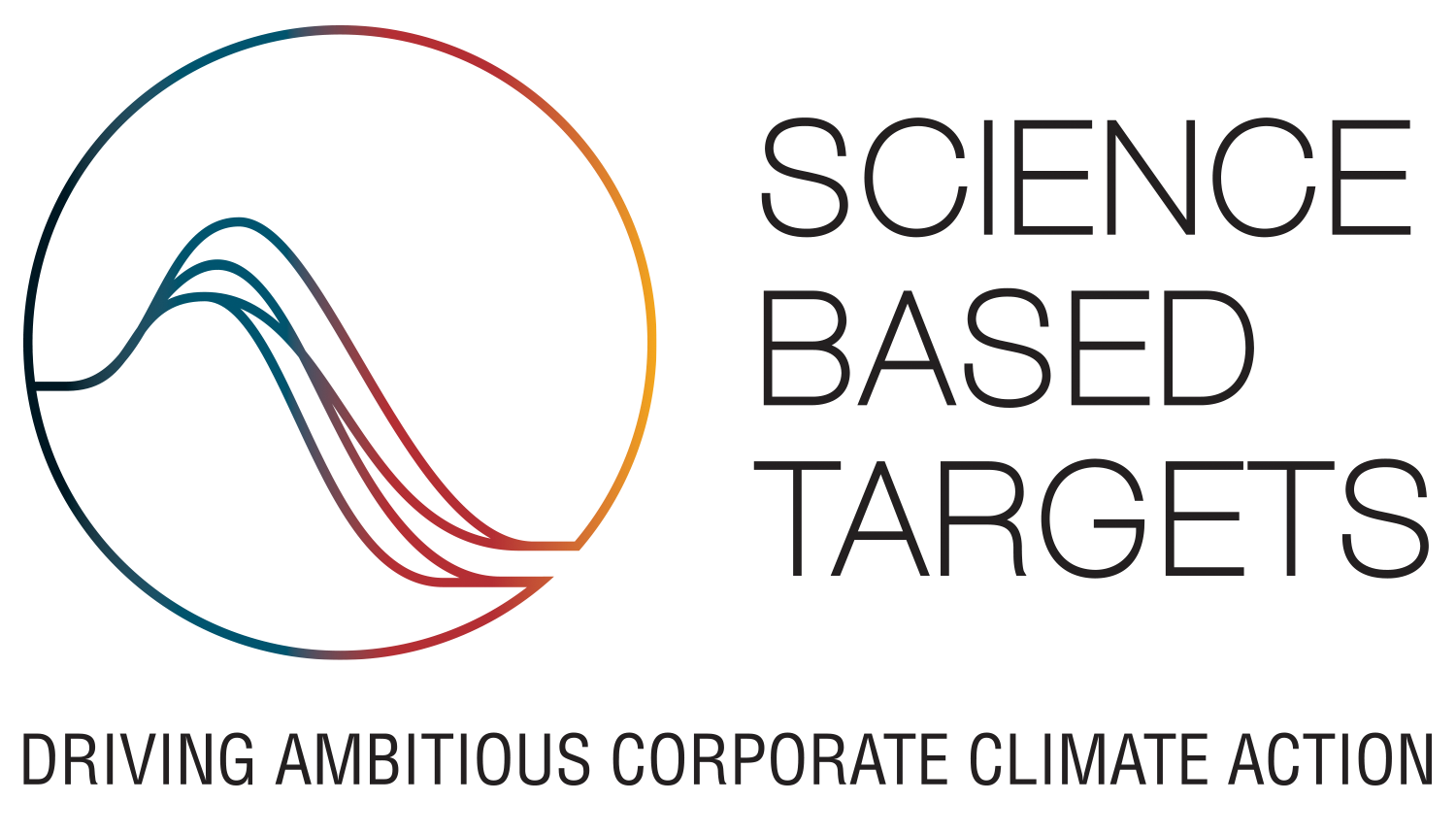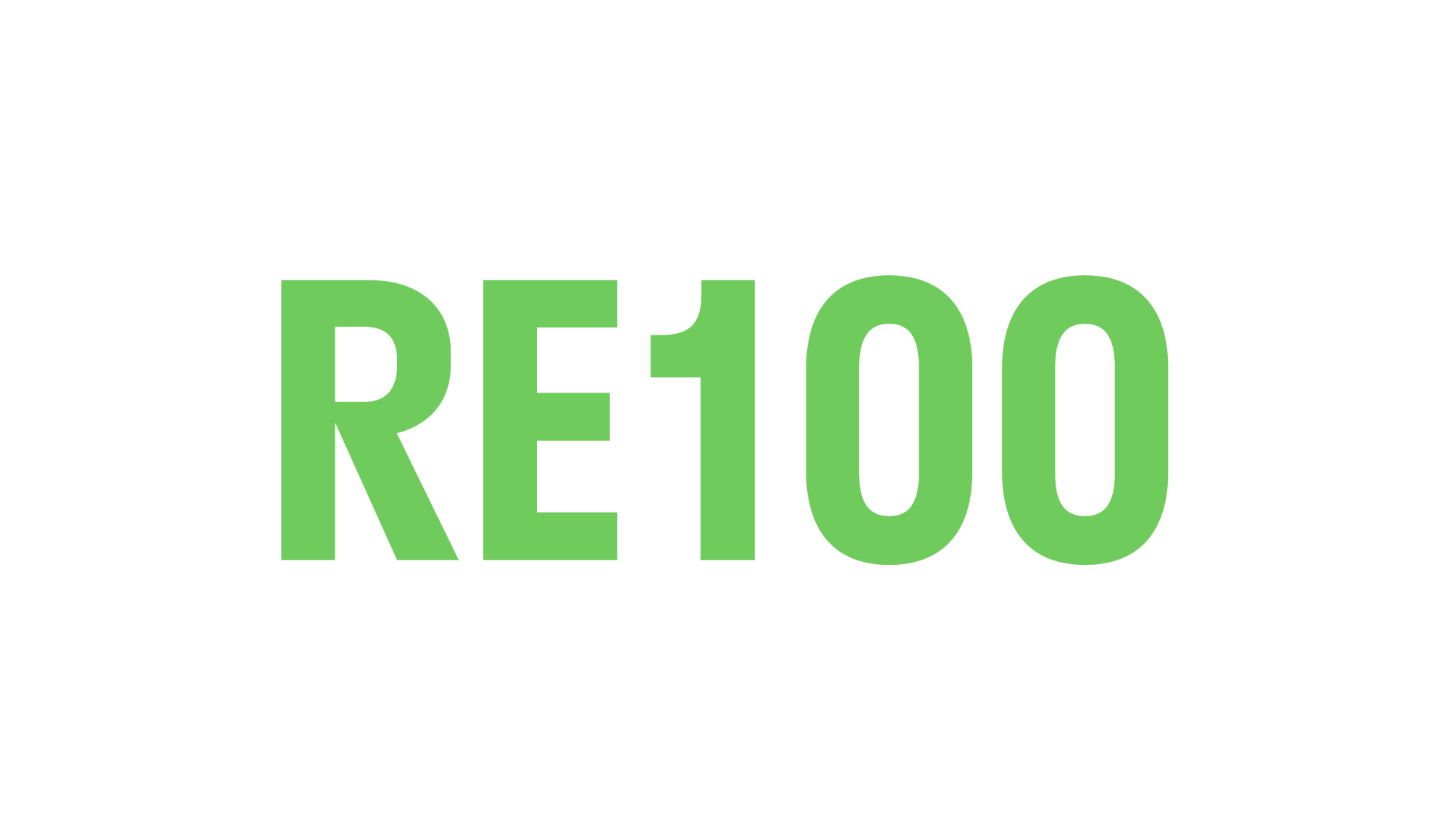Realizing a Decarbonized Society
Approach and Policy
Social Issue
The increasing intensity of harmful weather events in recent years has been attributed to rising greenhouse gas emissions. River flooding and landslides caused by heavy rains have impacted livelihoods and taken lives, and economic losses continue to rise around the world. There is now a growing crisis awareness, not only in international political arenas such as the United Nations, but also in the business world, and in the financial sector in particular.
In 2015, the Sustainable Development Goals (SDGs) were established as part of the 2030 Agenda for Sustainable Development adopted at the United Nations Sustainable Development Summit, and the Paris Agreement was adopted at the 21st Conference of the Parties to the United Nations Framework Convention on Climate Change (COP21). The objective of the Paris Agreement is to keep a global temperature rise this century well below 2 degrees Celsius above pre-industrial levels and to pursue efforts to limit the temperature increase even further to 1.5 degrees Celsius. To achieve that goal, the agreement set out the target of net zero emissions of greenhouse gases by the second half of this century.
Moreover, in October 2018, the Intergovernmental Panel on Climate Change (IPCC) released the Special Report on Global Warming of 1.5°C, which is based on scientific knowledge and stresses that many of the impacts of climate change could be avoided by limiting global warming to 1.5°C above pre-industrial levels instead of 2°C. In addition, the Working Group I Report component of the IPCC Sixth Assessment Report released in August 2021 states, “It is unequivocal that human influence has warmed the atmosphere, ocean and land. Widespread and rapid changes in the atmosphere, ocean, cryosphere and biosphere have occurred.”
In this way, international awareness has evolved from “global warming” to “climate change,” and now to “climate crisis.” Based on this heightened understanding, Casio has revised its social mission from “helping to achieve a low-carbon society” to “helping to build a decarbonized society,” making this its long-term target in accordance with the Paris Agreement long-term climate goal.
In April 2021, based on the recommendations of the Task Force on Climate-related Financial Disclosures (TCFD),*1 Casio strengthened its governance relating to climate change, formulated strategies based on climate-change risk and opportunity analysis, and disclosed climate-related financial risk information. In 2022, Casio conducted a scenario analysis to identify risks and opportunities and assess the impacts.
Information Disclosure Based on TCFD Recommendations
*1 TCFD: Established by the Financial Stability Board (FSB), an international body that monitors and makes recommendations about the global financial system, this initiative aims to help companies understand and disclose the financial impact of their climate change risks and opportunities.

Importance for the Casio Group
Greenhouse gas emissions related to the Casio Group include direct emissions from the entire Group (Scope 1) and indirect emissions associated with the Group’s overall energy use (Scope 2), as well as emissions from the value chain such as procurement and manufacturing of raw materials, logistics, sales, and product disposal (Scope 3). Scope 3 accounted for 95.6% of total emissions in fiscal 2023.
Based on this, Casio has set targets for Scope 3 in addition to Scope 1 and 2, and is implementing measures to contribute to a decarbonized society.
In 2020, in order to gain a more detailed understanding of its greenhouse gas emissions and contribute to a decarbonized society based on objective indicators, Casio revised its criteria for calculating greenhouse gas emissions and its medium- to long-term targets to bring them into line with scientific knowledge.
Casio then requested the Science Based Targets initiative (SBTi),*2 an international initiative, to validate its revised calculation criteria and medium-term targets. In April 2021, the SBTi recognized that Casio’s approach is in line with Well-Below 2°C and validated that Casio’s criteria and targets are based on scientific evidence.Moreover, in December 2021, Casio joined RE100,*3 an international initiative that promotes the use of 100% electricity from renewable energy sources in business activities, and has been making various efforts to reach this target.
*2 SBTi
An initiative promoted by several international NGOs (CDP, the United Nations Global Compact, World Resources Institute [WRI] and the World Wide Fund for Nature [WWF]) to encourage private companies and other organizations to set science-based targets for greenhouse gas emission reduction and help achieve the goals of the Paris Agreement. The SBTi provides validation of science-based greenhouse gas reduction targets that comply with the Paris Agreement.
*3 RE100
RE100 is an international initiative operated by The Climate Group, an international environmental NGO, in partnership with the Carbon Disclosure Project (CDP). It is composed of companies that are working toward using 100% electricity from renewable energy sources in their business activities.



Greenhouse Gas Emissions from the Entire Group (Scope 1 and 2)
Approach and Policy
The Casio Group has a variety of sites in addition to production sites, including R&D centers that mainly conduct testing and research and offices that carry out sales, maintenance, and overall Group management. Energy is used for the activities at each site, producing GHG emissions.
As these emissions are covered by Group-wide direct emissions (Scope 1) and indirect emissions associated with use of energy (Scope 2), Casio has set targets for Scopes 1 and 2 and is promoting Group-wide reductions.

Targets and Performance
The Casio Group has set the following long-term and medium-term targets for Scope 1 and 2 emissions and is carrying out emission reduction activities.
| Scope 2 calculation method | Scope 1 + Scope 2 combined target | |||
|---|---|---|---|---|
| Base year | Target year | Reduction rate for target year | ||
| Long-term target | Market-based | - | FY2051 | Virtually zero emissions |
| Medium-term target | Market-based | FY2019 | FY2031 | 38% |
Casio has also set interim targets for each fiscal year and is confirming the status of achievement.

In fiscal 2022, Casio switched the electricity used at six sites in Japan to electricity from renewable energy sources, starting midway through the fiscal year, in order to reduce GHG emissions. In fiscal 2023, Casio switched the electricity used at some overseas sites to electricity from renewable energy sources for the entire year, in addition to the sites in Japan that were switched during fiscal 2022, and achieved the interim targets. As a result, in fiscal 2023, Casio achieved a rate of reduction on par with the medium-term target. Aside from their emissions-reduction effect, these steps were considered necessary to address future trends such as rising costs related to the use of renewable energy and changes in the scale of the group’s activities.
Evaluation ◎: All targets met, ○ : Most targets met, △ : Remaining issues outweigh results, × : No progress made
| Medium and long-term targets | FY2023 Targets | FY2023 Performance | Evaluation | FY2024 Targets |
|---|---|---|---|---|
| Long-term target: Reduce to zero the total volume of Casio Group’s greenhouse gas emissions (Scopes 1 and 2) by FY2051 |
Reduce the market-based greenhouse gas emissions (Scopes 1 and 2) of group companies by 12.7% compared to FY2019. | Reduced 38% compared to FY2019 | 〇 | Reduce the market-based greenhouse gas emissions (Scopes 1 and 2) of Casio Group by 16% compared to FY2019. |
| Medium-term target: Reduce the total volume of Casio Group’s market-based greenhouse gas emissions (Scopes 1 and 2) by 38% compared to FY2019 by FY2031. |
Greenhouse Gas Emissions from the Value Chain (Scope 3)
Approach and Policy
Emissions from the value chain related to Casio’s business activities are classified and calculated for each Scope 3 category. Casio has set targets for categories with particularly large emissions and is working to reduce Scope 3 emissions overall.
Targets and Performance
Casio has set targets for Scope 3 emission reductions with fiscal 2019 as the base year. GHG emissions associated with purchased goods and services (Category 1) and use of sold products (Category 11) accounted for more than three-quarters of total Scope 3 emissions as of fiscal 2019. Casio has set the following targets with a focus on these emissions and is carrying out emission reduction activities.

Casio has also set interim targets for each fiscal year and is confirming the status of achievement.
| Target categories | Base year | Target year | Reduction rate for target year |
|---|---|---|---|
| Category 1: Purchased goods and services Category 11: Use of sold products |
FY2019 | FY2031 | 30% |

Emissions in Category 1 (purchased goods and services) have continuously trended somewhat higher since fiscal 2021. This is likely the result of the downward trend in the impact of COVID-19 and the ongoing increase in product manufacturing activities. Since emissions associated with raw materials purchased from the supply chain account for the largest portion of Category 1 emissions, Casio is working to address the supply chain as a key measure. In fiscal 2022, Casio started carrying out supply chain surveys on GHG emissions reductions and collecting information.
Emissions in Category 11 (use of sold products) have continued to decrease significantly since fiscal 2020. It is thought that this can mainly be attributed to a decrease in sales of product groups with relatively high GHG emissions related to use by customers from fiscal 2020 onward due to Casio’s business strategy.
The actual total of Category 1 and 11 emissions for fiscal 2023 saw a rate of reduction exceeding the fiscal 2031 target, mainly due to a significant reduction in Category 11.
However, careful monitoring of the achievement of interim targets for each fiscal year will continue to be required, as there may still be changes in the impact of COVID-19 from fiscal 2022 onward, which could also result in changes to Casio’s business strategy.
Evaluation ◎: All targets met, ○ : Most targets met, △ : Remaining issues outweigh results, × : No progress made
| Medium and long-term targets | FY2023 Targets | FY2023 Performance | Evaluation | FY2024 Targets |
|---|---|---|---|---|
| Reduce greenhouse gas emissions from purchased goods and services (Category 1) and the use of sold products (Category 11) by 30% by FY2031, compared to FY2019 | Move forward with survey of supply chain | Conducted supply chain survey | 〇 | Aggregate results of the FY2023 supply chain survey and consider response |